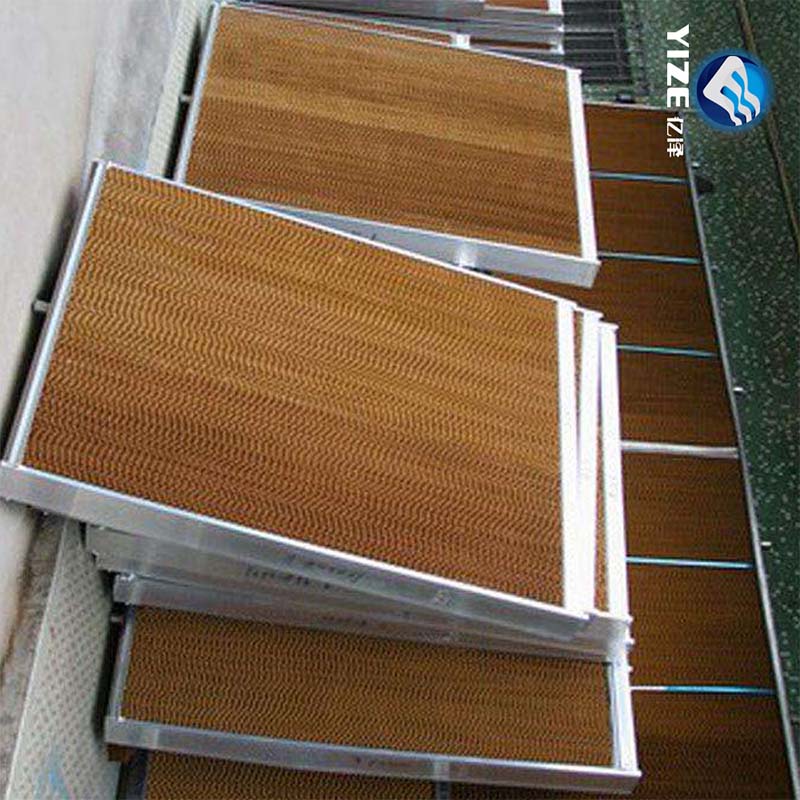Efficient Solutions for Pellet Feed Production Machinery and Processes
Dec . 23, 2024 15:19 Back to list
Efficient Solutions for Pellet Feed Production Machinery and Processes
The Importance and Functionality of Pellet Feed Machines
In the modern agricultural landscape, the efficiency and sustainability of livestock farming are increasingly reliant on advanced technologies. One key innovation that has gained prominence is the pellet feed machine. These machines play a vital role in producing high-quality feed for livestock, ensuring optimal nutrition while streamlining the feeding process.
Understanding Pellet Feed Machines
Pellet feed machines are designed to compress and mold raw materials into small, uniform pellets that can easily be consumed by animals. The raw materials typically include various grains, legumes, and other nutritional supplements that are key to animal health. The pelletization process offers several advantages over traditional feeding methods, which can lead to waste and inefficient nutrient uptake.
Benefits of Pellet Feed
The primary benefit of using pellet feed is its nutritional consistency. Unlike loose feed, which can vary in size and texture, pellets ensure that every bite contains a balanced amount of nutrients. This uniformity is crucial for different types of livestock, including poultry, cattle, and aquaculture, as it promotes better digestion and absorption of essential nutrients.
Additionally, pellet feed is easier to store and handle. Since pellets occupy less space and are less prone to spoilage compared to bulk feed, farmers can save on storage costs and reduce waste. The compact nature of pellets also minimizes the risks of pests and mold, further enhancing the shelf life of the feed.
The Working Mechanism of Pellet Feed Machines
pellet feed machine

Pellet feed machines operate through a series of processes that include mixing, conditioning, and pressing. Initially, the raw materials are carefully measured and mixed to create a homogenous blend. This mixture is then conditioned with steam or water to soften it, making it easier to mold into pellets.
The conditioned feed is subsequently fed into a die where it is compressed into pellets under high pressure. The diameter and length of the pellets can be adjusted by changing the size of the die holes. After exiting the die, the pellets can be cooled and dried to enhance their durability and shelf life.
Environmental Considerations
In addition to improving livestock feeding practices, pellet feed machines can also contribute to environmental sustainability. By reducing feed waste and providing concentrated nutrition, these machines allow for more efficient feed conversion ratios. This efficiency not only benefits farmers economically but also minimizes the ecological footprint of livestock farming.
Furthermore, many pellet feed machines are being designed with energy efficiency in mind. Advanced technologies and materials can significantly reduce the energy consumption involved in the production of feed pellets. As the agricultural sector continues to address environmental challenges, such innovations are essential for a sustainable future.
Conclusion
In conclusion, pellet feed machines are a crucial investment for modern farmers aiming to optimize livestock nutrition and enhance operational efficiency. By producing high-quality, uniform pellets, these machines address many of the challenges associated with traditional feed methods. As technology continues to evolve, the capabilities and advantages of pellet feed machines will likely expand, paving the way for a more sustainable and productive agricultural industry. Whether for small farms or large-scale operations, the benefits of pellet feed machines are clear they are essential tools for the future of livestock farming.
-
Hot Sale 24 & 18 Door Rabbit Cages - Premium Breeding Solutions
NewsJul.25,2025
-
Automatic Feeding Line System Pan Feeder Nipple Drinker - Anping County Yize Metal Products Co., Ltd.
NewsJul.21,2025
-
Automatic Feeding Line System Pan Feeder Nipple Drinker - Anping County Yize Metal Products Co., Ltd.
NewsJul.21,2025
-
Automatic Feeding Line System - Anping Yize | Precision & Nipple
NewsJul.21,2025
-
Automatic Feeding Line System - Anping Yize | Precision & Nipple
NewsJul.21,2025
-
Automatic Feeding Line System-Anping County Yize Metal Products Co., Ltd.|Efficient Feed Distribution&Customized Animal Farming Solutions
NewsJul.21,2025






